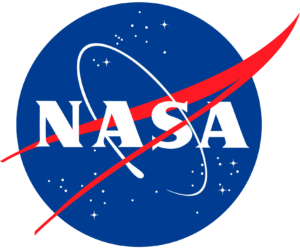Helio Cloud
HelioCloud is open Cloud based capability
The Helio Cloud is sponsored and organized by the NASA Heliophysics Digital Resources Library (HDRL). The HelioCloud project brings large datasets (“big data”) close to powerful computing resources in a way that enhances the ability to solve novel problems and enhances open science collaboration across fields and national boundaries. The Helio Cloud will enhance researchers’ abilities to openly share software and methods along with data, thus accelerating deeper understanding.
https://ui.adsabs.harvard.edu/abs/2022cosp…44.3483R/abstract
HDRL and HelioCloud

Helio Cloud Exploration & Computing/Analytics Environment

- Create reusable software stack for Heliophysics research – from ground-based and space-based research to high-school and professional research – from locally on laptop to in cloud computing, with an environment that just works.
- Create extensible, reusable software stack (“PanHelio”)
- Deploy on ‘conda forge’
- Contains all major (and minor) Python Helio Physics software. e.g. SunPy. PySPEDAS. SolarMach, etc.
- Community maintained
- Published – Publish a stable environment regularly (expecting annually) associated with DOI.
- Environments: Daskhub, Jupyter Notebooks, and Virtual Machine (VM) environments, access to S3 buckets, container registration, customization of environments, flexible access to EC2 instances and clusters as well as hosting HelioCloud.org.
- Integration with containers (CCMC)
- Shareable data, notebooks/results. code, etc.
- Easy collaboration: Academic, Industry, and International Partners!

Achievements thus far:
- On track for 1PB hosted data in 2023, with 10PB target by 2025
- +9 collaborative research projects
- +100 users (2/3 using DaskHub, 1/3 using VMs)
- 2 week long international training hosted with a total of 400 participants.

